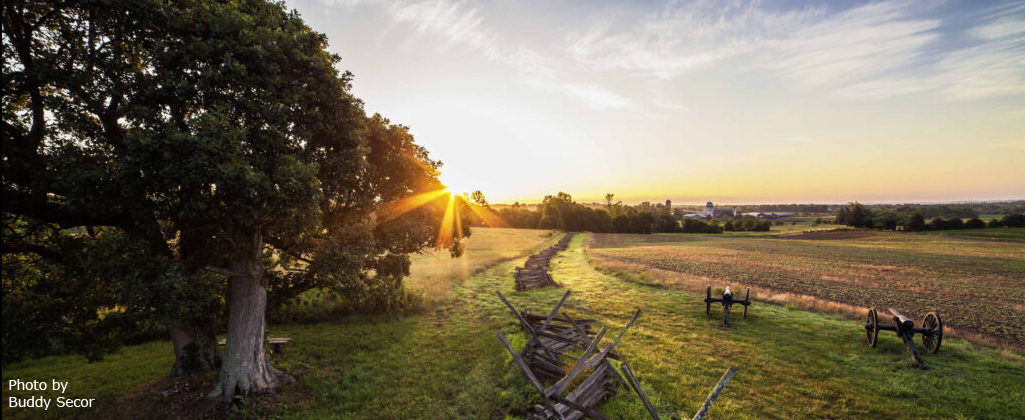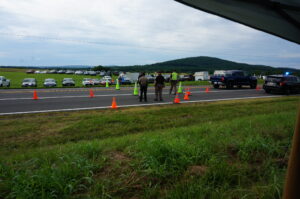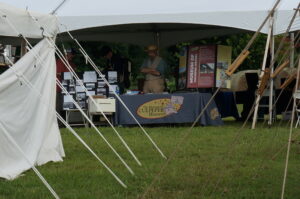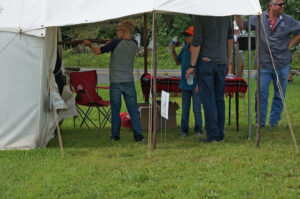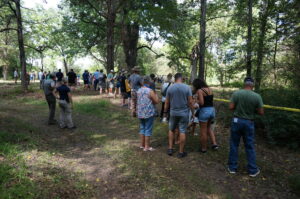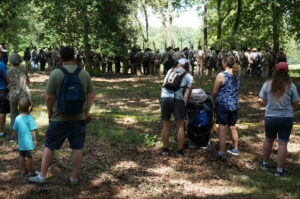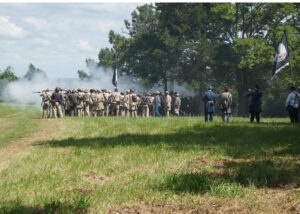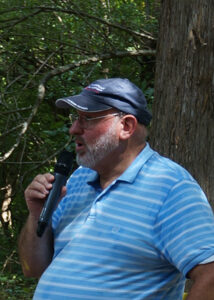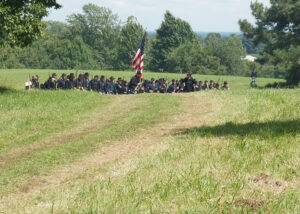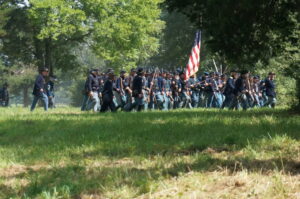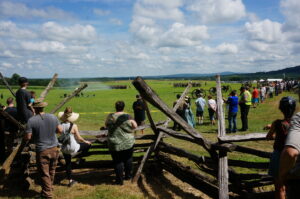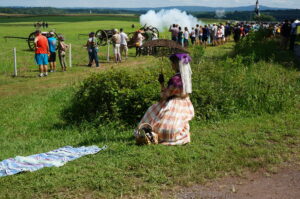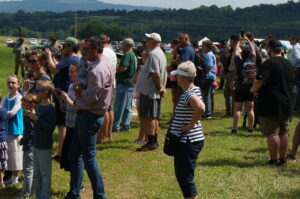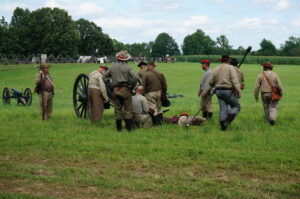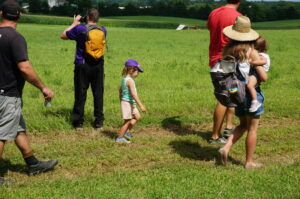Introduction
General N.P. Banks initiated the fight at Cedar Mountain, against Stonewall Jackson, and though his troops fought with incredible courage and achieved at first, remarkable success, the end result was devastating. His corps was essentially out of service for the next 3 weeks of the war until they were heavily re-enforced with new regiments. General Banks never wrote an official report on the battle he instigated. Banks was primarily a politician, and most concerned with his public reputation, which suffered after the battle. In December of 1864, while giving testimony in Washington, D.C. to the Committee on the Conduct of the War, regarding the Red River Expedition, he brought up of his own volition, the subject of his marching orders from General Pope, on the morning of August 9, 1862, the day of the battle of Cedar Mountain. His statement meant to justify his decision to attack Jackson. When General John Pope, who was serving in the West, accidentally learned of this testimony, he replied to the committee in the form of a long letter.
This post presents the testimony published in the following volume: “Report of the Joint Committee on the Conduct of the War: at the second session Thirty-eighth Congress;” by, United States Congress, Joint Committee on the Conduct of the War; Wade, B. F. (Benjamin Franklin), 1800-1878; Gooch, Daniel Wheelwright, 1820-1891; United States, Congress (38th, 2nd session: 1864-1865). Publication date 1865.
That said, these reports are difficult to locate. They are in the Miscellaneous Section (p. 44-54) at the end of the volume that contains the following reports: Sherman-Johnston. Light-Draught Monitors. Massacre of Cheyenne Indians. Ice Contracts. Miscellaneous.
Continue reading “The Controversy Over General Bank’s Orders”

